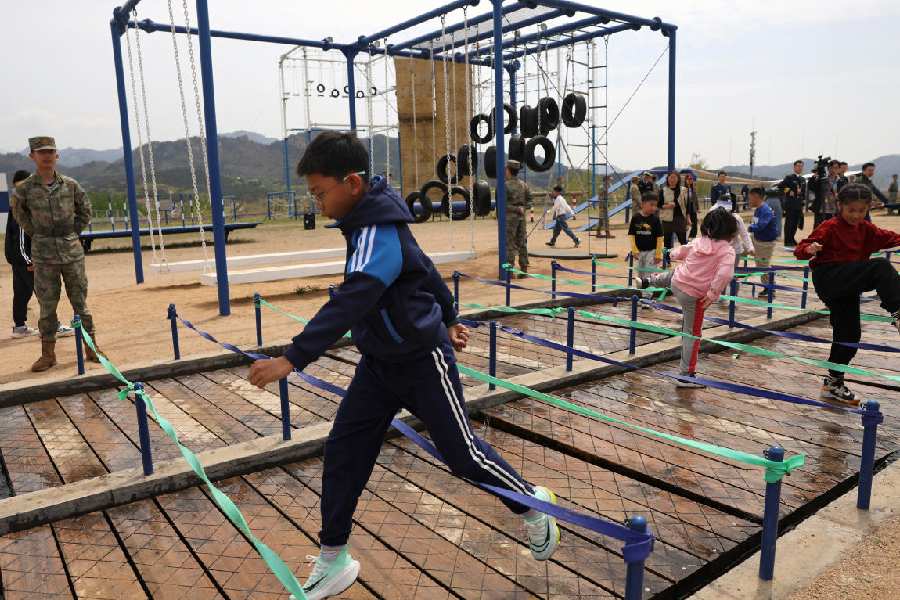Provincial health officials and hospital workers tampered with blood tests in a case of lead poisoning that sickened more than 250 kindergartners in western China, Chinese authorities said, in a rare acknowledgment of a high-level hush-up of a public scandal.
The authorities in Gansu province also accused education officials in the city of Tianshui of turning a blind eye to the fact that the kindergarten in question was unlicensed and accepted unauthorised gifts from an investor in the school. Food safety inspections at the school were perfunctory, according to an official report released on on Sunday by a special investigative team convened by the Gansu provincial Communist Party committee and government.
Even before the release of the report, the lead poisoning scandal had dominated public discussion for weeks in China, where food safety has been a long-running concern.
The poisoning stemmed from powdered pigments that the school staff had used as food colouring, the report said. Some of the pigments, which were marked as inedible on its packaging, consisted of more than 20 per cent lead; lead levels in the food the children were given exceeded the national food safety standard by 2,000 times.
But the investigation results further fuelled public outrage at the official misconduct on multiple levels. Some parents at the pre-school had already said they suspected a cover-up, even taking their children to other provinces for testing. Now their fears were confirmed.
One child was found to have elevated levels of lead six times over the course of half a year, starting in November 2024, without the hospital, Tianshui No. 2 People’s Hospital, issuing any alert, the report said. The hospital also modified the records of two more children who showed elevated lead levels, reporting a blood lead level nearly seven times lower than the actual result for one of them.
“What should have been followed up on was not, and, in fact, test results were directly modified,” the report said, adding that the hospital’s management was “chaotic”. It also said the hospital had previously modified other unspecified blood lead test results.
After many children began showing symptoms, the Gansu Provincial Center for Disease Control and Prevention this month was then tasked with conducting its own testing of 267 students and staff at the school, Peixin Kindergarten. But officials there did not take the work seriously, the report said. They shook the blood samples or let them sit for nearly three hours, allowing the samples to separate, “resulting in a huge difference between the test results and the actual values”, according to the report.
Afterwards, the report continued, staff there “evaded responsibility and obstructed the investigation in various ways”, though it did not give details.
The Chinese authorities tightly control the flow of information after any public disasters or scandals. In recent food safety scandals, such as when cooking oil was transported in dirty fuel tankers, or a restaurant sprayed carcinogenic paint on barbecue skewers, the authorities have promised to hold individual companies or low-level officials accountable. But acknowledgment of active higher-level cover-ups is relatively rare.
In the Tianshui case, parents who took their children for testing in neighbouring Shaanxi Province said the results of tests administered there showed significantly higher lead levels than those taken in Gansu.
Six people have been arrested, including the pre-school’s principal, the school cooks and the investor who had given unauthorised gifts. Another 17 people are under investigation, including leaders of the hospital, the provincial health commission and the city’s education bureau.
New York Times News Service

